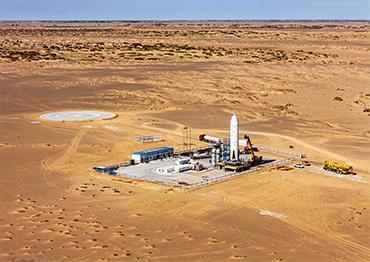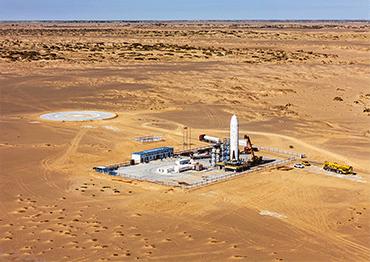Space travel is a big opportunity thanks to strong public interest, and people in China are no exception with their wish to see the stars.
Deep Blue sold its first two tickets in minutes, and continued to receive floods of inquiries later. Zheng said there is a strong desire to experience space travel and space fans follow new developments closely, at home and abroad.
A 2023 survey by Yin Zhenying, an associate professor at the Chinese University of Hong Kong, asked 1,888 respondents in China and the US how much they would pay for space travel. Chinese respondents said they would pay an average of US$1.6 million each, more than American respondents who would pay an average US$910,000 each.
A report released by China Aerospace Academy of Systems Science and Engineering in 2020 indicated that based on the present price of space travel, about 1.37 million Chinese households with assets of more than 6 million yuan (US$826,253) could afford a suborbital space trip.
In October 2024, Economy magazine cited a report released by the World Economic Forum and McKinsey that said by 2035, the space economy’s size will rocket from US$630 billion in 2023 to US$1.8 trillion with an annual growth rate of 9 percent.
“The space economy represented by space tourism will drive the commercial space industry up to a bigger market which will shift from serving enterprises to serving individuals. Space tourism is an inevitable trend,” Niu said. “But we still need time to improve our technologies and increase its value for investors,” he added.
“In the next two or three decades, commercial space tourism may enter three phases, suborbital flights, travel to the space station, and finally trips to the moon. Suborbital travel is the best way for commercial companies to keep testing and improving the safety, stability and comfortability of space travel,” Yang said, Zheng Ze agrees. “Space tourism is one of our objectives. After we accomplish this, we’ll provide more commercial services and products based on our recoverable rocket technologies,” he said. He is already looking forward to a future when commercial rocket flights provide regular transportation across China. “It’s all possible,” he told Beijing Business.
To ensure profitability and to lower costs, Yang suggested commercial spaceflight companies first explore cargo-only flights or doing tests for other companies in suborbital flights.
Niu agrees. “Along with technological improvements, services related to space travel like space medical care, ground guarantee, laws and regulations and space control will evolve, and we might even lower costs for an operation similar to plane flights,” he said.
“If we ever get to live on other planets, rockets and spaceships will be transportation workhorses. But when on Earth the market will see a boom depends on how fast the technologies advance,” he added.

 Old Version
Old Version
